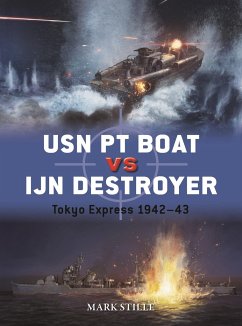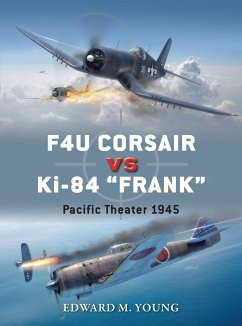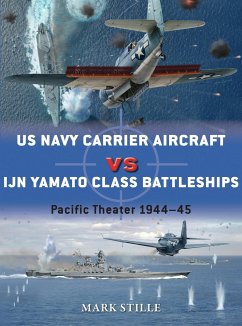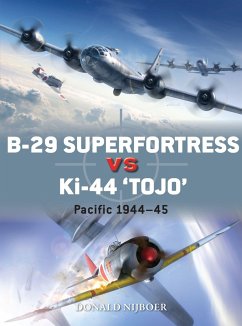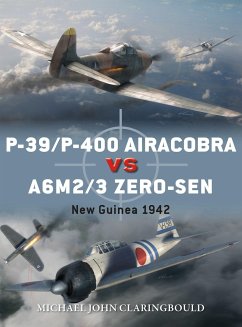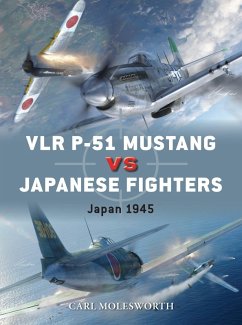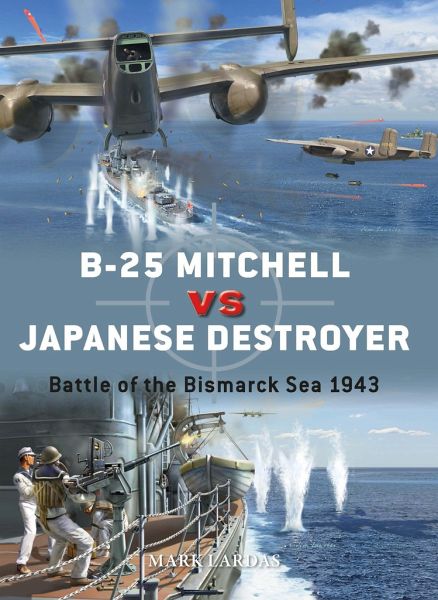
B-25 Mitchell Vs Japanese Destroyer
Battle of the Bismarck Sea 1943
Illustrator: Laurier, Jim
Versandkostenfrei!
Versandfertig in 2-4 Wochen
20,99 €
inkl. MwSt.
Weitere Ausgaben:

PAYBACK Punkte
10 °P sammeln!
The Battle of the Bismarck Sea was one of the most decisive naval battles of World War II and this highly illustrated study details the three-day fight which shaped the outcome of the war.






